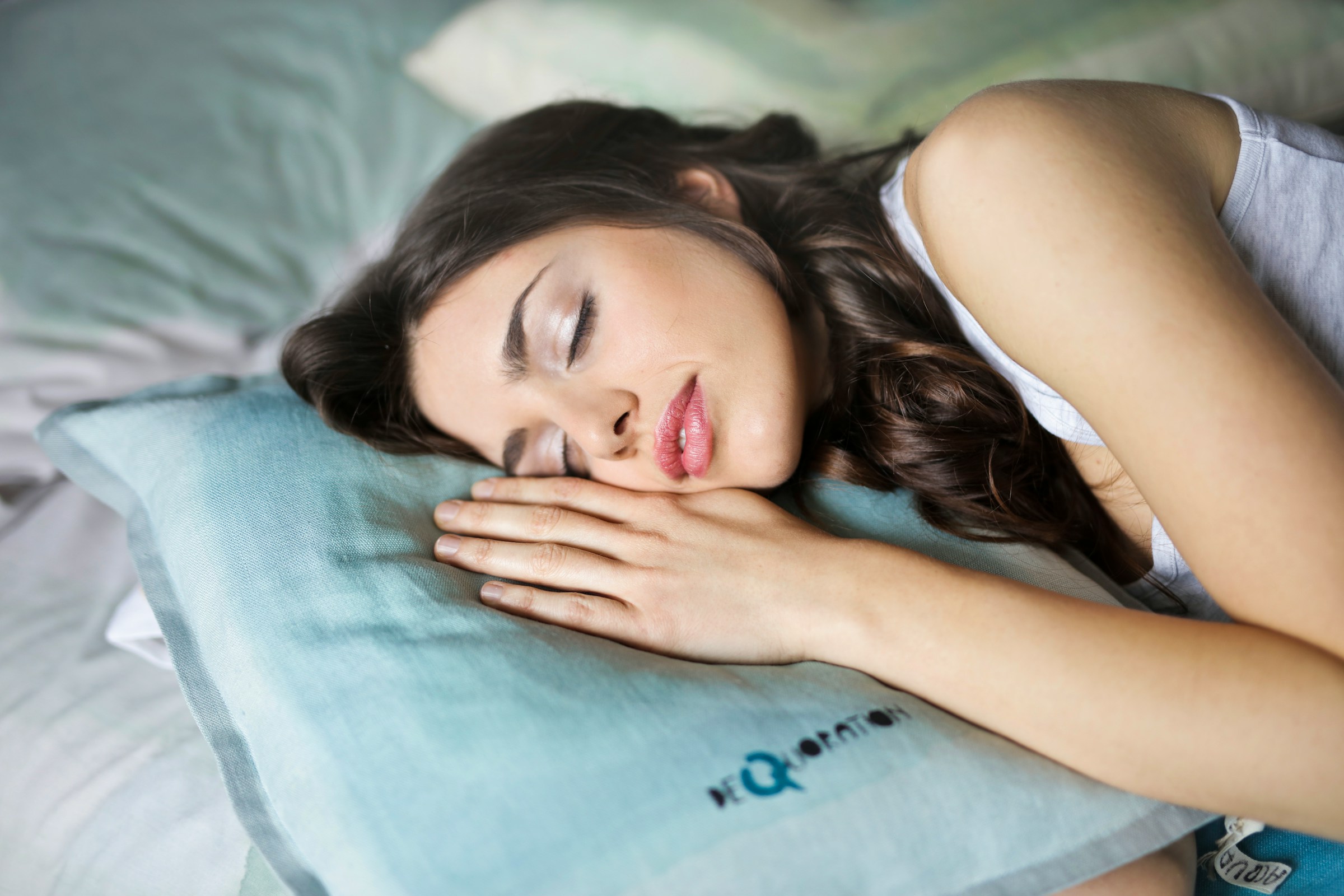Overview of Teen Social Media Usage
In recent years, social media trends have evolved significantly, particularly among teenagers. Understanding these changes helps us address key issues related to mental health and daily habits. In terms of teen usage statistics, platforms like Instagram, TikTok, and Snapchat dominate the scene. Each caters to specific preferences.
These platforms have not only modified how teenagers interact but have also significantly impacted their daily routines. According to recent studies, over 90% of teenagers report using at least one social media platform on a daily basis. This high engagement rate hints at how deeply integrated social media is in their lives.
Also to read : Unlocking Flexibility and Wellness: The Transformative Benefits of Aerial Yoga
Specific Platform Implications
Each platform has unique implications. For example, TikTok encourages short, engaging video content that often leads to prolonged screen time. This, in turn, can alter attention spans and priorities.
Social media trends reveal an increasingly documented correlation between extended social media use and sleep challenges among teens. Many report difficulties in falling asleep due to late-night platform use or the blue light from screens. This increased usage, especially before bedtime, has been linked to a decline in sleep quality.
Additional reading : Exploring the Impact of Urban Gardening on Community Well-being and Social Bonds
A comprehensive understanding of these trends helps in fostering healthier habits and ensuring better mental well-being for teenagers.
Impact of Social Media on Sleep Patterns
The relationship between social media effects and sleep quality has sparked considerable interest in recent studies. Research consistently reports that increased screen time, particularly before bed, is linked to sleep disruption. This disruption often results from the blue light emitted by screens, which can interfere with the body’s circadian rhythms.
Our circadian rhythms, which are our natural sleep-wake cycles, become disrupted because blue light reduces the production of melatonin, the hormone that promotes sleep. Consequently, prolonged exposure to screen time right before bedtime can delay sleep onset, cause fragmented sleep, and result in poor sleep quality.
Furthermore, social media effects extend beyond just the physical impact of screen time. The constant notifications, interactions, and the often overwhelming influx of information can lead to social media-induced anxiety, further compromising sleep quality. This anxiety can stimulate the mind and make it more challenging to relax and fall asleep.
Studies urge moderation in screen use as a solution to these issues. By limiting screen time, particularly in the hours leading up to bedtime, individuals can improve their sleep quality and maintain healthier circadian rhythms.
Mental Health Considerations
Mental health issues related to social media usage are increasingly pressing concerns, especially among teens. These platforms often amplify anxiety and depression, contributing to a cycle that can exacerbate these feelings. Teenagers are particularly vulnerable as they navigate identity formation and peer influences while using social media.
Sleep disturbances, an often overlooked aspect, also play a critical role in mental health. The blue light emitted from screens can disturb circadian rhythms, leading to sleep deprivation, which is linked to increased levels of anxiety and depression. Thus, setting boundaries for screen time, particularly before bed, is crucial.
Understanding the role of social media in these challenges requires insight from mental health experts. Many suggest fostering open communication between teens and guardians about their social media experiences. Encouraging a balanced offline and online life can help mitigate negative impacts.
Additionally, experts advocate for digital literacy education, enabling teens to critically analyze online content and its effect on their mental health. Approaching social media with awareness and mindfulness can transform these platforms into tools for positive engagement and learning rather than sources of distress.
Recommendations for Healthy Social Media Usage
In today’s digital age, maintaining healthy habits around social media is crucial for mental well-being. Setting guidelines for safe and responsible usage is a beneficial step towards achieving this. One effective strategy is managing screen time. Prioritising offline activities and setting specific time slots for social media can help balance online interactions.
Boundaries around social media access, particularly at night, are essential. Limiting screen exposure before bedtime can improve sleep quality. It’s advisable to avoid screens at least an hour before sleep, creating a restful nighttime routine. Establishing no-phone zones, such as the bedroom, can further enhance rest and relaxation.
Parents play a pivotal role in guiding their children’s social media habits. By monitoring usage and discussing online experiences, parents can ensure that social media is a positive and educational space. Encouraging children to engage in activities that don’t involve screens, such as outdoor play or creative hobbies, can foster a more balanced lifestyle.
For a proactive approach, parents may set parental controls to manage content visibility and time spent online. This encourages children to understand the impact of their screen time, promoting autonomy while ensuring safety and responsibility in their digital interactions.
Solutions to Mitigate Negative Impacts
In an era where social media is omnipresent, establishing solid sleep hygiene can be challenging but crucial. One effective strategy is to implement structured technology management by setting boundaries around screen time, especially before bed. Encouraging a digital curfew, where devices are turned off at least an hour before sleep, can help align one’s body clock.
Numerous apps and tools have been developed to foster better sleep habits amidst the digital chaos. Applications like Sleep Cycle or Headspace not only aid in managing sleep patterns but also provide insights into improving rest quality. These tech solutions offer guided meditations and white noise features designed to enhance relaxation and encourage winding down.
Teen-led initiatives pose a promising path to promote mindful social media use amongst their peers. By fostering community-driven solutions, teens can drive awareness and advocate for healthier online habits. This can include peer-sharing workshops that educate on the importance of taking digital breaks. Additionally, encouraging practices such as “screen-free evenings” or tech detox challenges can empower youth to balance their digital and offline lives effectively.
By adopting these strategies, improvements can be achieved in sleep hygiene, leading to a more restful and balanced lifestyle amidst the digital age.













